Thinking of selling your wares at a market? If you’ve been crafting for a while or and thinking of setting up a small business, selling at craft fairs and markets are a lot of fun and a great way to make money.
However, there is a lot to think about when attending a market event, and your first visit can sometimes feel daunting. However, do not worry – it is always a learning process and each market will strengthen your future progress and success.
Many Pedddle stallholders are first-timers too, so you are not alone! There is a first time for everything.
We’ve put together a list of 10 things that businesses should think about when doing a market, so that you have a starting point.
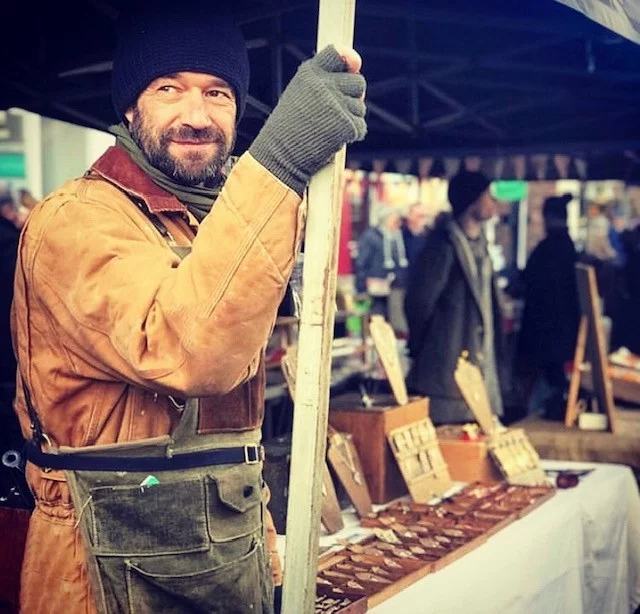

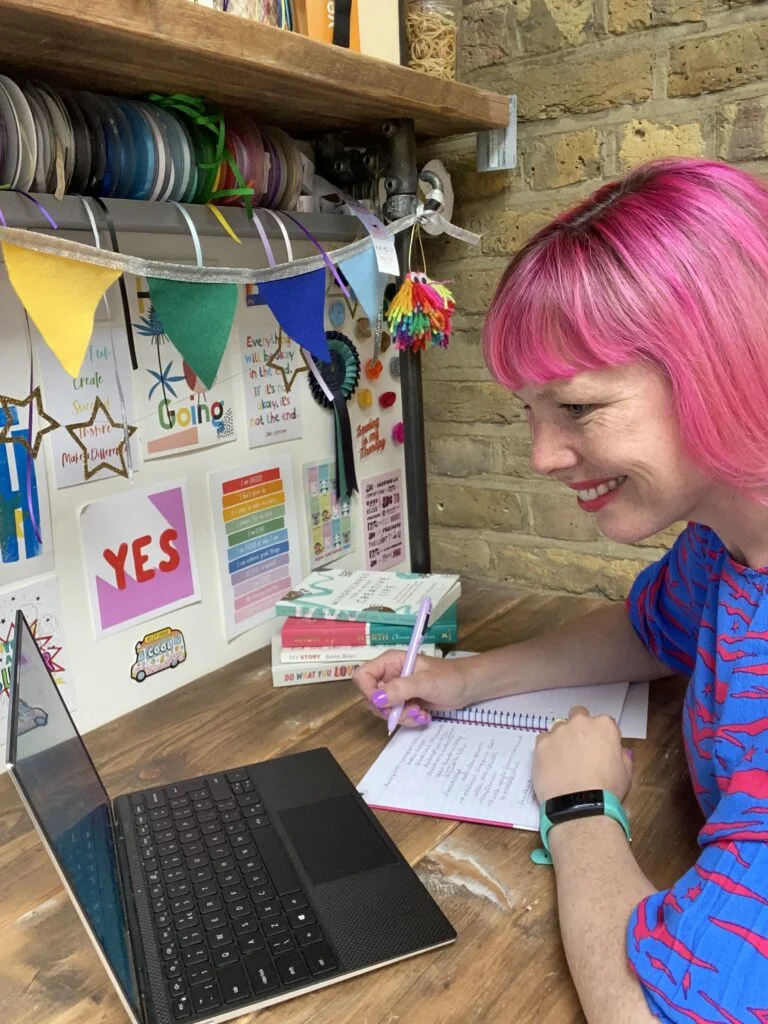
1. Branding
Branding is one of the very first things to consider when you’re setting up any business. Be clear about your message and vision and represent your brand in the best way possible. This includes:
- Have a market stall banner
- Standardising any fonts used – across your business cards, stall banner, social media, website and so on
- Stall layout – think about how this can be ‘on brand’?
- Colours – stick to a set colour palette so that you become recognisable
- Logo
- Bags – consider paper bags with your logo or stall name on, or alternatives that are on brand
- Business cards/postcards
- Social media
If you have covered these things, you are on to a great start. A cohesive and strong brand sends a clear message to the customer and gives them confidence in your business. It helps you become recognisable too, so that they will remember your style in future – this is also helpful for getting a customer to identify with your brand, and for helping them bare it in mind for gifting to other in future.
Check out the write-up with our IG Live with Cat from Gatto Web, who spoke about how to brand a business well.
2. Do your research
Click here to view our market timeline. You can see what’s on and filter by location, to find markets and events in your area. A direct contact form to the market organiser can be found on most pages, and if you’re a Pedddle member then we have easy ‘one-click’ applications, which do the hard work for you.
We know the right types of markets for your business can be difficult to find, but at Pedddle we’re trying to reduce your workload by listing independent and creative events specifically, and we’re quite selective with the type of markets we list. We want to help create and support brilliant local craft makers and artisans, to help the small business industry thrive.
Other websites include Stallfinder and the Stall and Craft Collective, which list various markets and events. It’s also worth having a look at your local council website and checking page listings and events in your area. Facebook is also a great tool for this, as people often list local events if you simply search for what’s on in your area or find applicable Facebook groups.
One of the most important things businesses should think about when doing a market is the actual audience you’ll be selling to. Consider the area, the budgets of people visiting, the location etc.
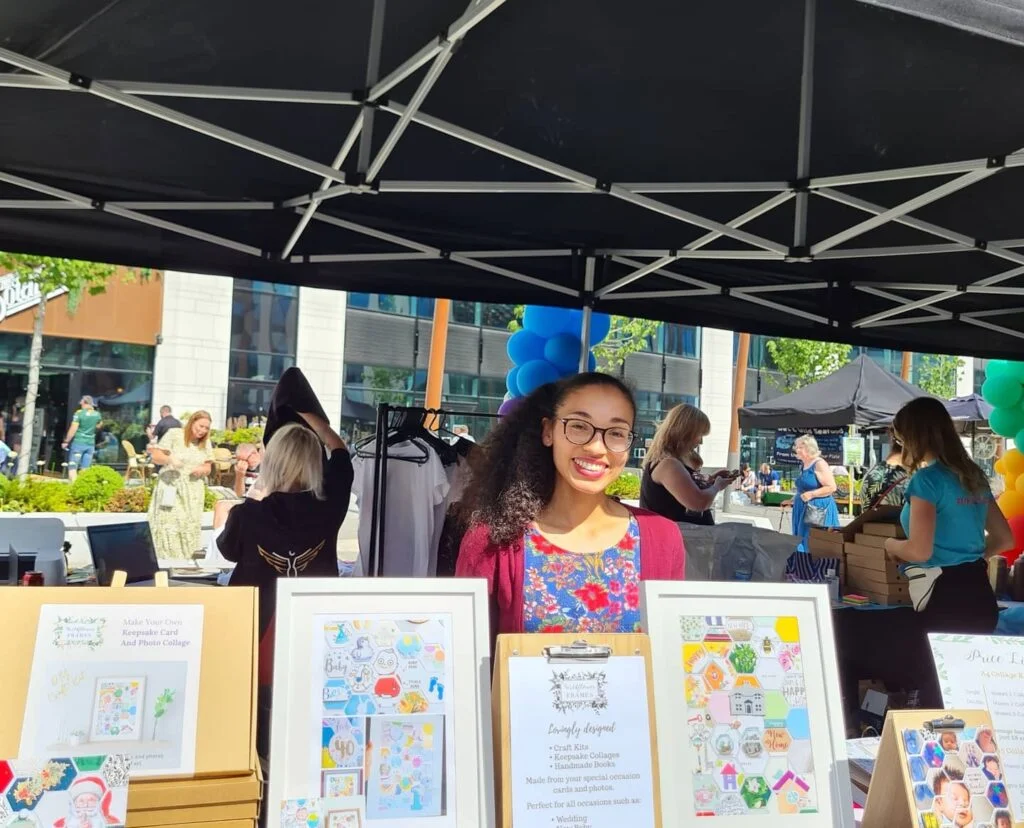
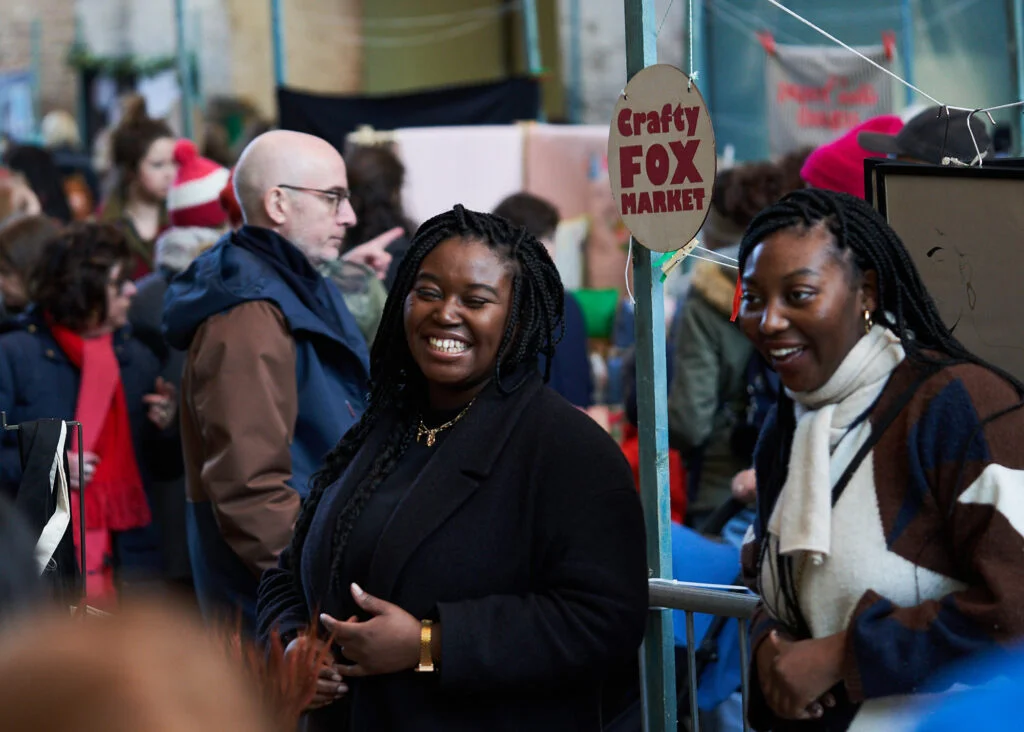
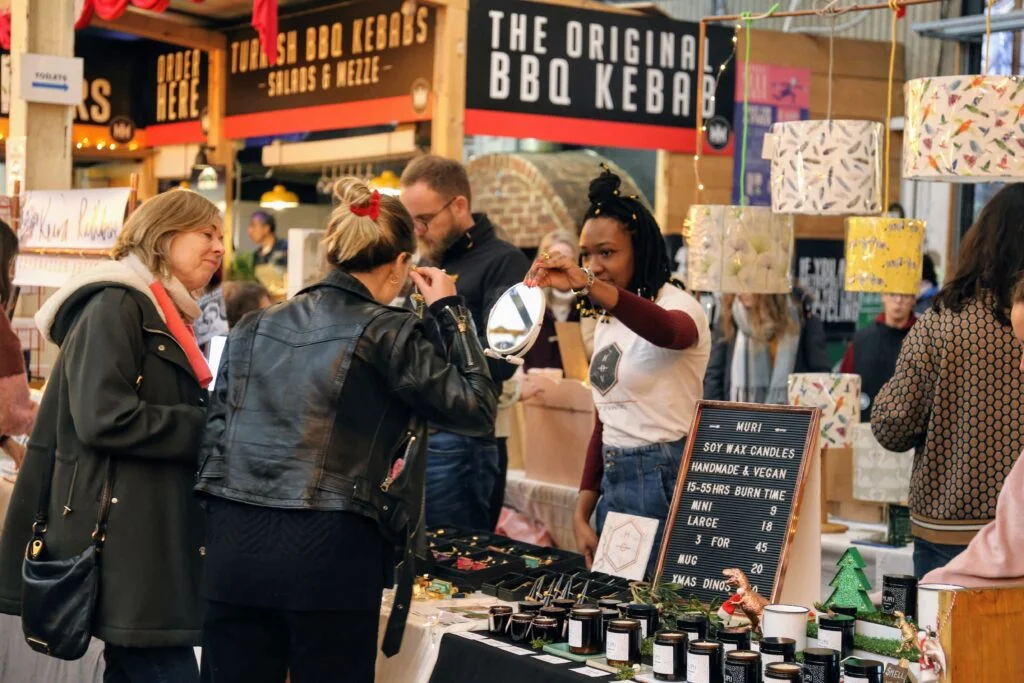
3. Organisation & Preparation
These two things are always key in life! When it comes to things businesses should think about when doing a market, be organised and pack at least the night before, using a checklist. Click here for our checklist templates, and you can always add your own thoughts onto them!
Preparation includes thinking about how you are going to actively become part of the market from the very start down to your actual presence at the event. This means advertising the fact that you’re selling at a market in advance. Think about:
- Social media – find the event page on Facebook and comment, post on your Instagram grid and Stories
- Remind family and friends where you’ll be and see if they’ll pop to the market and support you
- Write in on your website or add an events tab so that customers know where to find you
One of the largest points of anxiety for many stallholders is in their arrival at a market, from finding the event to parking and unloading. This might seem obvious, but make sure you have money for parking and don’t leave any money at your stall while you are away. Make sure you have a secure float tin or belt to carry change in. Stallholders do help one another out but thinking ahead for these types of scenarios can help put your mind at rest when you’re at the market.
4. Stall aesthetics
This almost links to our point about branding – beauty is in the eye of the beholder and at a market, you always have different people with different appreciations, and you’ll never be able to appeal to everyone. However, you must be clear and consistent about your vision and branding.
You know what type of stall you want to be known for, so make sure you create that atmosphere for your core customers. Too many products can be confusing to the customer and overwhelming to the eye, so focus on your best sellers for that season and adapt your stall accordingly.
A well-thought-out stall will make it easy for customers to browse your products and get a feel for your business and your identity. It will also help them to spot products more easily and remember them in future – don’t overwhelm them!


5. Product Ranges
This is a learning curve as products that are great for magazines and editorial pieces are not always the best sellers at markets, but they could be used to draw a crowd. As a stallholder, you need to find out whether having a minimal range that has various price points within that range works better than having too many different products. Often, this can come down to trial and error at a couple of markets. You also might sell different things at different markets depending on season, weather and so on.
6. Card payment system
Find a great card payment system to take card payments at your stall. The top companies include Square, iZettle, SumUp, Paypal and World Pay. Pedddle recommends Square as they have many new products out on the market which are efficient, stylish and reliable – click here to see more on our partnership with them.
7. Sustainability
Click here to see more on sustainable markets and how many are working to be more eco-friendly.
When it comes to being a stallholder, sustainability is also important to consider. Keeping your packaging (including boxes, bags, wrap, etc) as recyclable and kind to the environment as possible is key. Customers are getting savvier and they’re no longer interested in just a great product, but the packaging and process behind the product too. You want your products to be safely packaged to avoid any damage, however, with current environmental worries we all need to do our part. There are lots of companies that offer affordable ‘green’ alternatives for smaller businesses.
8. Look after yourself!
It is really important that you look after yourself as well as your stock. Remember sunscreen if it’s hot, lots of layers and something to stand on if it’s cold. Click here to read our blog about beating the cold at markets for some top tips.
Don’t forget lots of snacks to keep your energy up – if you buy food from the market that you’re selling at, it can get expensive over a long day or weekend. There can be long days and you need to be on top of your game. No one wants a hangry stallholder!
9. Think about your chatter / sales patter
Selling doesn’t have to be ‘salesy’ – reframe those feelings and prepare your conversations with people. Open with a line of ‘Are you having a good day/afternoon?’ or give them a genuine compliment. It can be anything that breaks down the barriers for the customer coming over to your stall to browse, as much as your anxiety over a sales pitch. Keep yourself busy so that you don’t intimidate them, and try to refrain from sitting and hiding behind your phone as that can potentially put some customers off, but remain approachable.
10. Insurance
Everyone needs to have Public Liability Insurance to have a stall at an event. You may also need employee liability cover and / or product cover. Be sure to find out what level of cover the event organiser requires, although not many ask for over £5 million worth. Always try to speak with the insurance company because you do not want to be underinsured and risk a non-payout.
Markets provide the perfect opportunity for connecting and engaging with your customers and regularity at in-person markets helps build trust. Customers may not always purchase from you at the event, but if you make your stall experience memorable then they might come back in person at a later date or visit your website after the event.
Pedddle eases the reconnection process between customers and stallholders they may have spotted at an event. Stallholders have their own pages on Pedddle, showcasing their business and boosting online visibility, but they can also be found on market pages for previous and future events, once you’ve checked in to that market, enabling customers to get in touch.
Thinking of becoming a Pedddle stallholder?
If you’re interested in joining Pedddle as a stallholder view the full details here.
Blog last updated November 2021.
